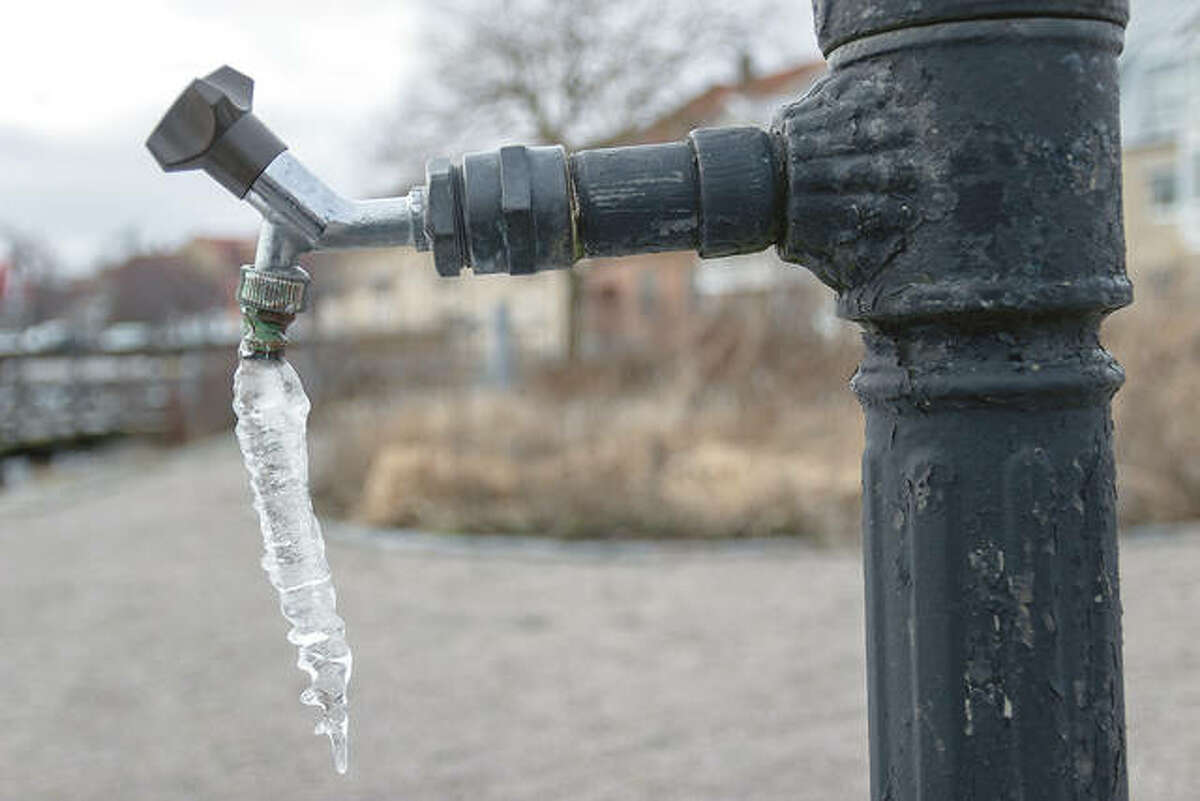Ways to Safeguard Your Pipes from Cold Weather: Professional Advice
Ways to Safeguard Your Pipes from Cold Weather: Professional Advice
Blog Article
What are your concepts about Preventing and dealing with frozen pipes?

Cold weather can damage your plumbing, specifically by freezing pipes. Here's how to stop it from taking place and what to do if it does.
Introduction
As temperature levels decrease, the danger of icy pipes rises, possibly bring about expensive repairs and water damage. Comprehending just how to prevent frozen pipes is critical for property owners in cool climates.
Comprehending Icy Pipes
What creates pipes to ice up?
Pipelines freeze when subjected to temperature levels below 32 ° F (0 ° C) for prolonged durations. As water inside the pipelines freezes, it expands, putting pressure on the pipe wall surfaces and potentially triggering them to burst.
Risks and problems
Icy pipelines can result in supply of water interruptions, residential or commercial property damage, and costly repairs. Burst pipelines can flooding homes and cause substantial architectural damage.
Indicators of Frozen Pipes
Determining icy pipelines early can stop them from breaking.
Exactly how to identify frozen pipelines
Search for decreased water circulation from faucets, uncommon odors or noises from pipelines, and noticeable frost on subjected pipes.
Avoidance Tips
Protecting susceptible pipelines
Wrap pipes in insulation sleeves or make use of warm tape to protect them from freezing temperatures. Concentrate on pipes in unheated or outside locations of the home.
Heating methods
Maintain indoor rooms appropriately heated, specifically locations with pipes. Open cupboard doors to allow warm air to flow around pipes under sinks.
Shielding Outdoor Plumbing
Garden hoses and outside taps
Disconnect and drain garden tubes prior to wintertime. Install frost-proof faucets or cover outside taps with protected caps.
What to Do If Your Pipelines Freeze
Immediate actions to take
If you think icy pipes, maintain faucets open to soothe stress as the ice thaws. Use a hairdryer or towels taken in warm water to thaw pipelines slowly.
Long-Term Solutions
Architectural adjustments
Consider rerouting pipelines far from outside walls or unheated areas. Add extra insulation to attics, cellars, and crawl spaces.
Updating insulation
Buy high-grade insulation for pipes, attics, and walls. Proper insulation helps maintain consistent temperatures and minimizes the danger of frozen pipelines.
Conclusion
Avoiding icy pipes calls for proactive procedures and quick reactions. By recognizing the reasons, indicators, and preventive measures, homeowners can safeguard their plumbing throughout cold weather.
6 Proven Ways to Prevent Frozen Pipes and Protect Your Home
Disconnect and Drain Garden Hoses
Before winter arrives, start by disconnecting your garden hoses and draining any remaining water. Close the shut-off valves that supply outdoor hose bibs and leave the outdoor faucet open to allow any residual water to drain. For extra protection, consider using faucet covers throughout the colder months. It’s also important to drain water from any sprinkler supply lines following the manufacturer’s directions.
Insulate Exposed Pipes
Insulating your pipes is an effective way to prevent freezing. Pipe insulation is readily available at home improvement stores and is relatively inexpensive. Pay close attention to pipes in unheated areas such as the attic, basement, crawl spaces, or garage. Apply foam insulation generously to create a buffer against the cold. You can also wrap your pipes in heat tape or thermostat-controlled heat cables for added warmth.
Seal Air Leaks
Inspect your home for any cracks or openings that could let in cold air. Seal any holes around the piping in interior or exterior walls, as well as the sill plates where your home rests on its foundation. Additionally, make sure to keep your garage door closed unless you’re entering or exiting. Leaving it open creates a significant air leak that can lead to frozen pipes.
Allow Warm Air Circulation
During cold snaps, it’s essential to allow warm air to circulate evenly throughout your home. Leave interior doors ajar to promote better airflow. Open kitchen and bathroom cabinets to help distribute heat consistently around the rooms. If you have small children or pets, be sure to remove any household chemicals or potentially harmful cleaners from open cabinets for safety.
Let Faucets Drip
A small trickle of water can make a big difference in preventing ice formation inside your pipes. When temperatures drop significantly, start a drip of water from all faucets served by exposed pipes. This continuous flow helps prevent the water from freezing. Additionally, running a few faucets slightly can relieve pressure inside the pipes, reducing the chances of a rupture if the water inside does freeze.
https://choateshvac.com/6-proven-ways-to-prevent-frozen-pipes-and-protect-your-home/

Do you really like reading about How to prepare your home plumbing for winter weather? Try to leave feedback down below. We would be glad to know your suggestions about this blog post. We are looking forward that you come back again later on. If you enjoyed reading our blog entry plz make sure you remember to pass it around. Many thanks for going through it.
Schedule Today Report this page